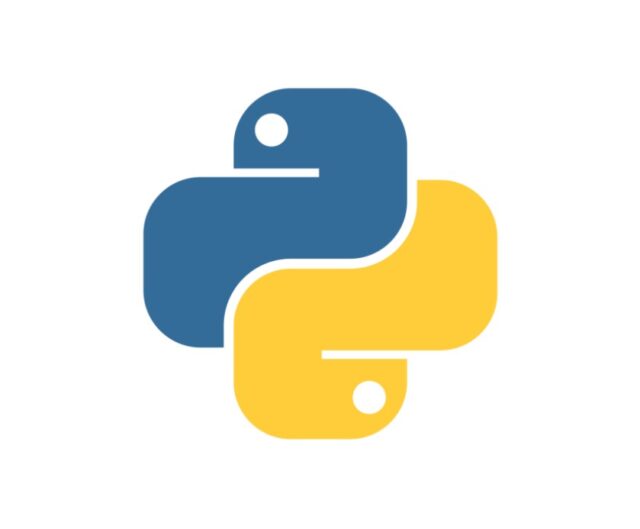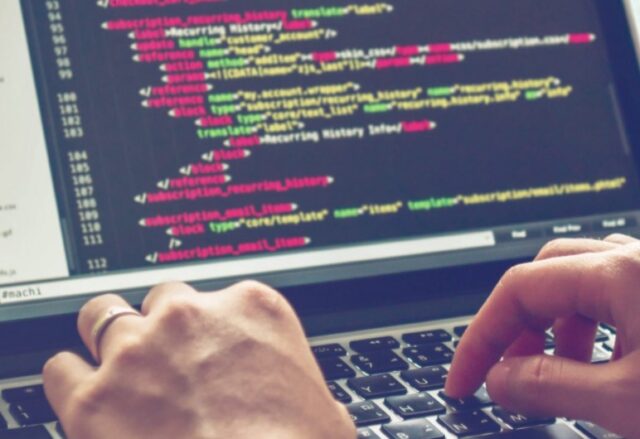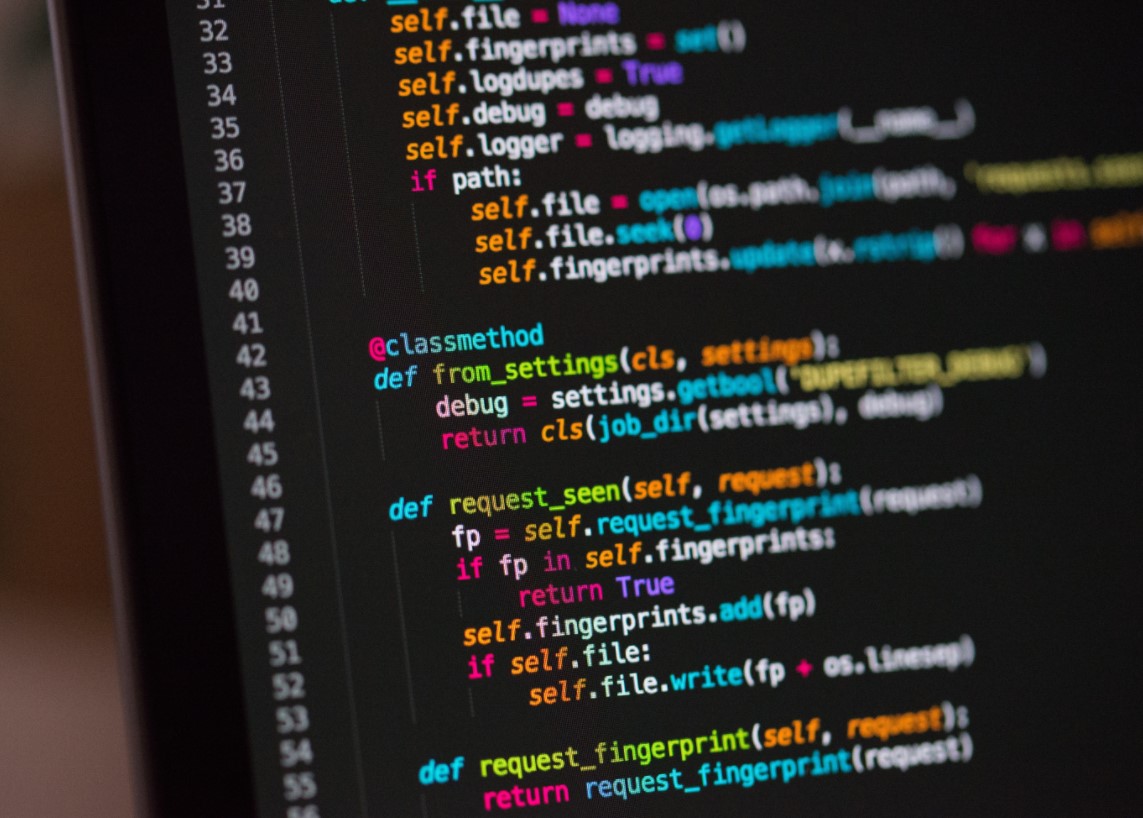For a while now, there has existed a “war” in the coding community between the supporters of Python 2 and 3, with each side trying to justify their choice. Some companies like Instagram have since made a successful shift from Python 2 to 3 due to its various benefits. But there’s still a big number of companies still stuck with the former, simply for compatibility reasons.
Python 3 is not “backward compatible” and that means Python 2 libraries will not work after the upgrade. This means coders looking to upgrade need to find a replacement library that works with Python 3.
Just recently, Dropbox described how it took them well over three years to complete an upgrade from Python 2 to 3. With this information in mind, the question is whether web programmers should continue learning and using Python 2 going forward? Our answer? It depends, and we’ll explain why in a bit.
Let’s start by identifying the features of Python 2 and 3 that might influence your choice.
Why use Python 2?

One of the main reasons many programmers still stick with Python 2 is to work with a large codebase that was created for it. Otherwise, it requires too much work to rewrite it in another language.
Another reason to code with it is if your code uses specific extensions written for Python 2 and has not been updated. For instance, if you intend to pursue DevOps engineering and work with configuration tools such as Ansible or Fabric, you might have to work with Python 2 because some extensions don’t have full Python 3 support.
Finally, if the nature of a project depends on certain third-party software that can’t be supported by Python 3, you’ll have no other choice than to use version 2. However, you have to be sure that these projects will remain the same for a long time to come. Otherwise, it may be even more difficult to work with this version.
Reasons to use the more superior Python 3

Python 2 has been a very popular version for many years. However, most companies are finding the upgrades in Python 3 more beneficial. Besides, it was recently announced that the former will no longer be maintained after 2024, meaning there’s no need to spend time learning to use a version that’s soon becoming absolute.
With more companies switching from version 2 to 3, it makes sense to consider the latter if you are just starting to code. Besides, some of the changes made to Python 3 including PythonforBeginners.com teaches string concatenation to make it easier for new learners to understand the language.
To begin with, there’s better Unicode support in Python 3 because text strings are Unicode by default. Unlike ASCII used in Python 2, Unicode encompasses a broad range of symbols as it can store foreign language letters, Roman letters, emoji, symbols, etc. This provides you with the ability to represent foreign languages and many widely known symbols.
Another reason to use version 3 is that syntax is more intuitive, making it easier to use. Integer division in Python 3 is more accurate because it does not round off decimals into whole numbers like Python 2. For instance, when calculating 5 divided by two using Python 2, the result would be 2. You’d need to write 5.0/2.0 to an accurate answer of 2.5.
On the other hand, Python 3 will return the expected result of 2.5 without adding the decimals and zeros. Python 3 is also a high-level programming language, which makes it easy to read, write, and understand codes. Anyone learning the ropes of coding will find it easier to understand than its predecessor as it requires fewer lines of code to complete tasks.
What’s more, the simplicity of this version makes you more productive, something that is needed to succeed with modern technology. Instead of spending a lot of time learning the syntax, you can concentrate on solving problems. Overall, Python 3 offers more upgrades, and the code is much easier because it takes a few lines of code to perform action. Besides, this superior language includes math calculation improvements that are useful in many applications.
Should you use Python 2 for web programming?

Unless your company uses it for legacy reasons, you should shift to Python 3 because it comes with lots of useful upgrades. This latest version is designed to be easier for beginners, while you can also expect to get more support going forward as more companies adopt it.
For example, you do not need to continue using the older syntax to print. The fact that some of your libraries may not be supported means that you have to upgrade fast, which luckily, isn’t that tough even for new coders. Today, more and more companies are moving to Python 3 because it’s now the standard of coding.
In fact, don’t be surprised if you find yourself struggling to compete effectively in your industry for sticking with outdated systems like version 2. The coding world changes fast and the quicker you get at adapting to the new changes taking place in the industry, the easier it will be for you to remain relevant and productive.
Conclusion
If you are just starting out in web programming, it can be difficult to decide the version of Python that’s suitable for your projects. We hope this article has helped to make it a bit clearer the reasons it’s more efficient to start with a profitable and in-demand language like Python 3.
This recent version is increasingly becoming popular and this is evident in the number of library databases released in the past few years. .coWhile Python 2 is still useful for some classic programs, most companies joining the bandwagon now prefer Python 3. Time is running out for version 2, and now Python 3 is clearly the future.
However, if you have specific goals in configuration management in DevOps, you may still need to learn Python 2. When in doubt, stick to the simplest option, and in this case, Python 3 is the choice!







